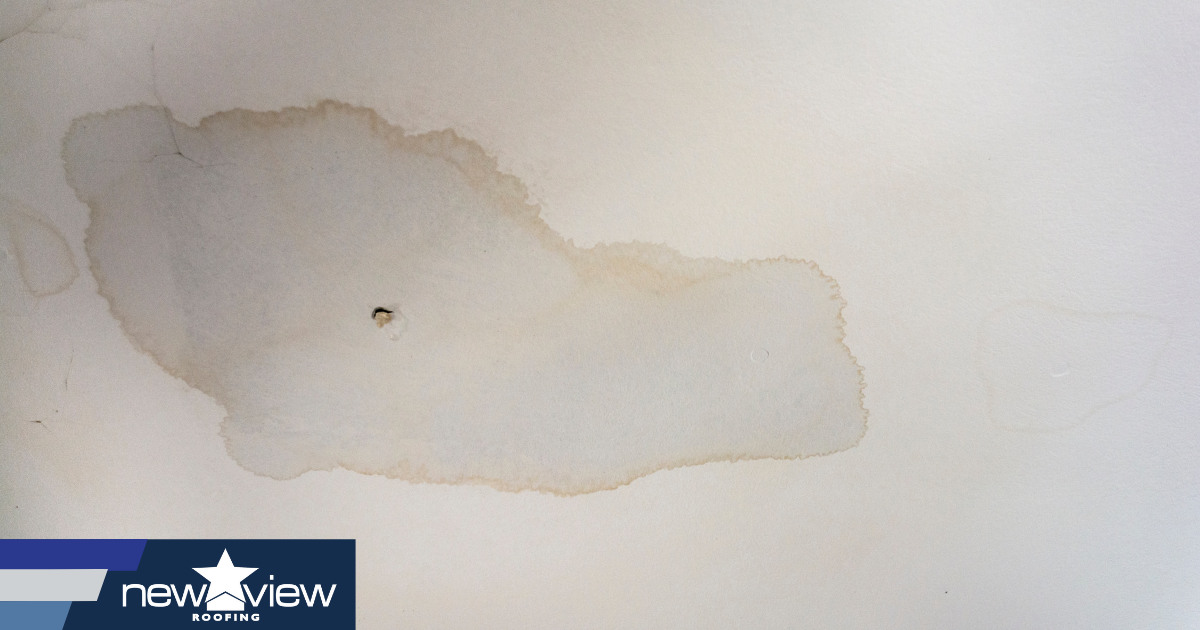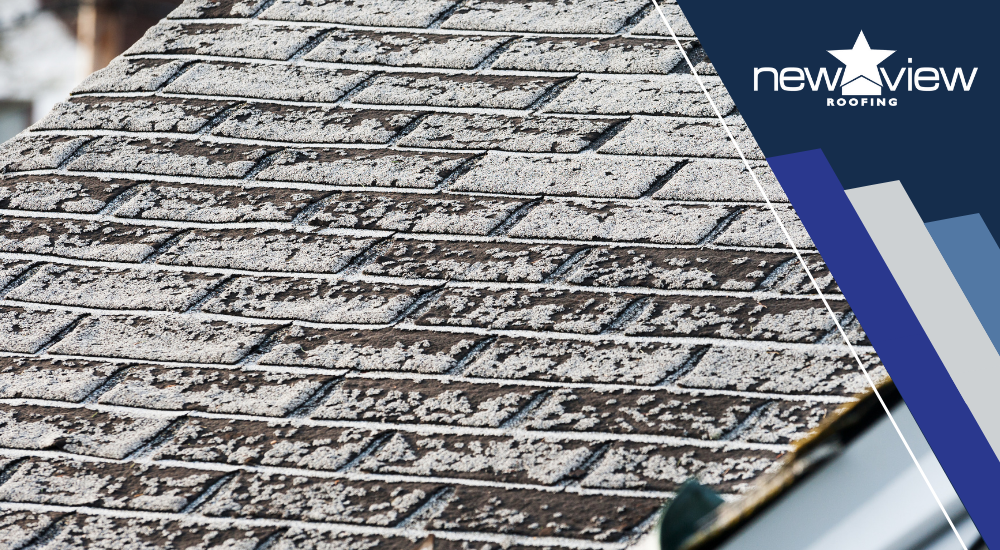Is your roof too old to protect your home, or is it damaged and coming close to failing? How would you know? This guide explains the most common warning signs of an aging and failing roof so you know exactly what to watch for.
7 Common Warning Signs of an Aging and Failing Roof
As a homeowner, it’s a good idea to keep close tabs on your roofing system. In fact, it pays to have a file where you keep inspection reports, receipts from repair work, and warranty information about your roof; that way, you can keep an eye on your roof’s lifespan and accurately prepare for repairs or replacement.
Check out the seven most common warning signs that your roof is “aging out” or that it’s coming close to failing:
- Your roof is nearing the end of its lifespan.
- You find granules in your gutters or bald patches on your shingles.
- Your shingles are curling at the edges.
- You can see blisters on your shingles.
- You notice visible damage, such as missing or cracked shingles.
- Your roof is leaking.
- You notice that your roof looks saggy from a distance.
 Here’s a closer look at each.
Here’s a closer look at each.
Sign #1 of an Aging and Failing Roof: Your Roof is Old
All roofing systems have a limited lifespan. For example, asphalt shingles – the most popular and cost-effective roofing material in the country – usually last 20 years, while more expensive roofing materials like slate and tile roofs can last at least 50 years. It’s important that homeowners keep a roofing file containing their roof’s maintenance record and date of installation so they can keep track of their roof’s lifespan and know when they need to get a roofing replacement.
Related: How to maximize your insurance claim for roof damage
Sign #2 of an Aging and Failing Roof: Granules in Your Gutter and Bald Patches on Your Roof
Manufacturers embed granules in shingles to protect them from damaging ultraviolet (UV) rays. Some degree of granule loss is expected over the course of the shingle’s lifespan. However, as the asphalt shingles approach the end of their lifespan, granule loss increasingly becomes severe to the point where bald patches start to appear on the roof or granules start to accumulate in the gutters. Without these UV-resistant granules, it’s only a matter of time until cracks – and subsequently – leaks start to form.
Sign #3 of an Aging and Failing Roof: Curling Shingles
Curling shingles are another sign your roof is nearing the end of its lifespan, although it can be also due to issues with attic ventilation. If there’s inadequate ventilation in your attic, moisture can accumulate and make its way to your roof, causing shingles to curl. That’s why if you notice curling shingles on your roof, it’d be best to have a professional contractor from one of your local roofing companies conduct a comprehensive roof inspection.
Related: How to choose a trustworthy roofing contractor
Sign #4 of an Aging and Failing Roof: Blisters
Blisters can also form if moisture becomes trapped within the shingles. While they’re not an immediate cause for concern, you should have them replaced as soon as possible. That’s because if left unattended, these blisters can pop, leaving your roof exposed to the elements.
Sign #5 of an Aging and Failing Roof: Visible Damage
If you can see damage on your roof, whether you’re on a ladder or on the ground, you need a roofing contractor to come check things out as soon as possible. Your shingles are your home’s first line of defense against sun and harmful ultraviolet rays, rain, hail and wind – and if they’re missing, they can’t protect the roofing materials beneath them. That means water (and possibly pests) can get into your home, and that’s never good for roofing materials.
Related: Everything you need to know about your home’s roof
Sign #6 of an Aging and Failing Roof: Leaks
A leaking roof never gets better with time; in fact, it can get a lot worse very quickly. Even a tiny leak can wreak havoc on your home, so it’s important that you get a contractor out to survey the damage as soon as you find a leak.
Water leaks through your roof can lead to a whole host of problems, including mold growth, damage to your walls and ceilings (as well as the items in your attic), and in the worst cases, complete structural failure.
Sign #7 of an Aging and Failing Roof: Sagging
If you stand a hundred feet from your home and notice that the roof looks uneven or like it’s sagging, there’s a problem. Your roofline should be parallel to the ground – and if it’s not, there’s a good chance that the wood holding it up has been damaged or is in poor condition due to several possible factors. When a roof sags, the wood that’s supposed to hold it in place isn’t doing its job properly; the load may be uneven, which can cause the wood to crack or splinter. If that happens, your entire roof could collapse. A sagging roof may not fall today, but it certainly puts your home on the path to disaster.
Could Installation Be the Problem?
Installation errors are a common reason why roofing systems don’t reach the end of their estimated lifespan. To ensure your new roof is installed properly, you should only hire experienced and qualified residential and commercial roofing contractors.
Do You Need to Talk to an Expert About Your Aging or Failing Roof?
If you think your roof is nearing the end of its lifespan, or if you notice signs that indicate it may be failing, we’re here to help. Call our office today to schedule your free roof inspection – we’ll send someone out at a time that’s convenient for you.








